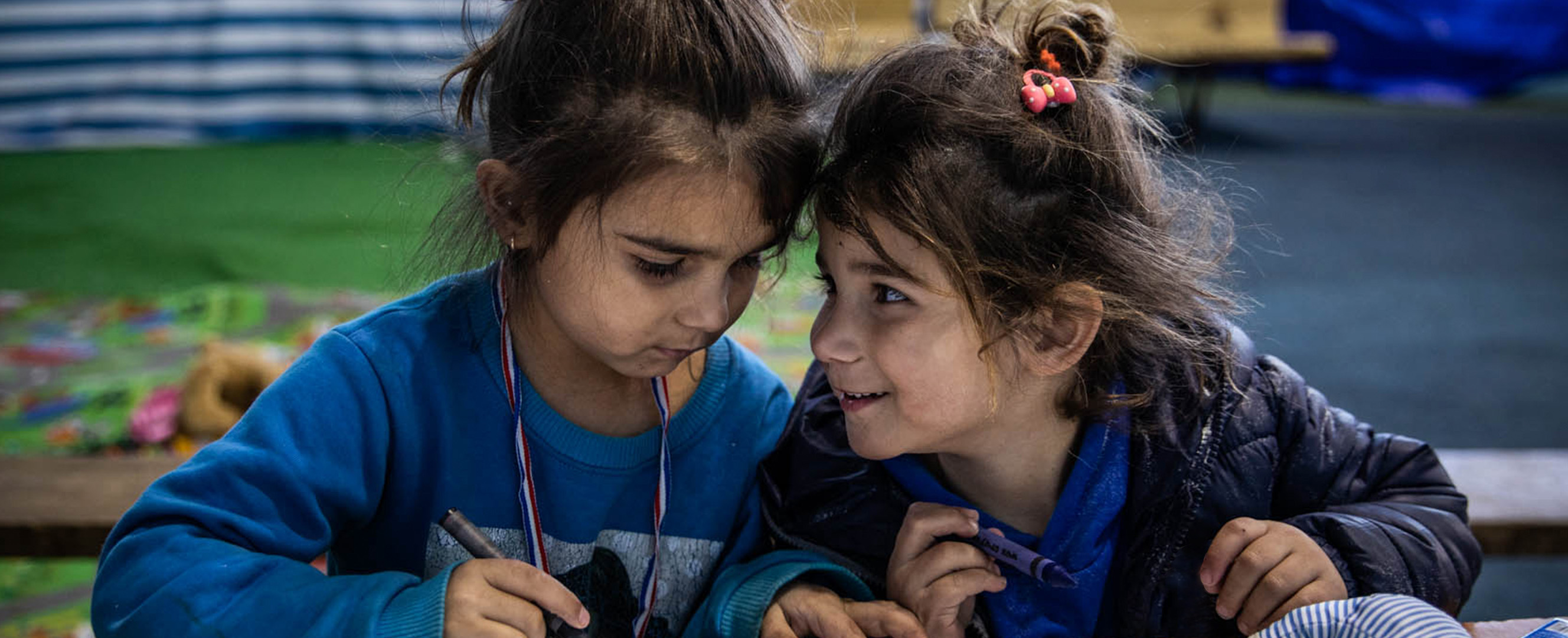(Version in Français)
Suddenly it's the thing everyone is talking about. Income inequality. Not just between countries, but inequality within countries.
In North Africa and the Middle East, jobless youth sparked the Arab Spring. In the United States, the growing gap between rich and poor is the “meta concern” of the Occupy Wall Street movement. Worldwide, frustrations appear to be on the rise.
What about sub-Saharan Africa? Sustained economic growth has certainly produced some tremendous advances. But a large proportion of the population is still living in poverty. So frustrations about the inclusiveness of growth are also shared within the region.
Complex story
Is the story really as negative in sub-Saharan Africa as the relatively slow reduction in the incidence of poverty and some people’s frustration suggest? Or is the underlying situation a little more complex?
In July, I wrote about the importance of inclusive growth and whether economic growth was a necessary or a sufficient condition for poverty reduction. The IMF’s latest Regional Economic Outlook for Sub-Saharan Africa takes that thinking a step further. The new analysis looks at how living standards for the poorest households have actually been changing in some countries in the region.
Inroads to poverty reduction
First, let’s look at what the existing data tell us about poverty and growth. For the region as a whole, the percentage of the population living on less than $1.25 a day—at 2005 international prices—fell from 59 percent in 1996 to 51 percent in 2005. During the same period, the region’s average growth rate more than doubled, from 2¼ percent before1995 to over 5 percent in the early 2000s. The message seems to be that poverty fell, but that growth had a disappointingly weak impact compared with experience in other regions.
The picture changes, however, when we begin to drill down a little into the data. For a start, if we compare the rate at which poverty declined among the better-performing countries in the region, we find that growth rates did seem to matter. The faster the country was growing, the larger, on average, the reduction in poverty. The relationship seems to have been less powerful than observed elsewhere in the world, but it was still significant.
Survey data
Household survey data are more revealing. We have been digging into this data to see how individual households have been faring, so that we can compare changes in living standards of families between different parts of the population. It would not be surprising if growth reduced poverty substantially in countries where a lot of households were initially just below the poverty threshold. But we wanted to look at a wider range of households.
Amid the wealth of data in household surveys is information about what every household consumes, including food they grow themselves. And the extent to which consumption levels change over time can tell us a lot about whether growth has been inclusive. So we tracked changes in consumption—over five or six year intervals—in six fairly typical countries in sub-Saharan Africa: Cameroon, Ghana, Mozambique, Tanzania, Uganda, and Zambia.
Benefits of higher growth
The results support the idea that high growth was inclusive.
- Among the poorest 25 percent of the population, per capita consumption levels increased substantially faster than inflation in three of the four higher growing countries we studied—annual increases averaged nearly 4 percent in real terms.
- But there was much less sign of improvement in per capita consumption of poor households in the two low-growth countries.
- Results for the sixth country were ambiguous because of uncertainty about the measurement of price changes.
Our analysis also suggests that job creation in rural areas, particularly in the agricultural sector, is associated with more inclusive growth, increasing poor households’ consumption growth and improving their living standards. This makes good sense, given that rural households account for about two-thirds of the population in the six countries we studied. More specifically:
- In Uganda and Cameroon, we found that real per capita consumption increased faster among poor households than it did among rich households. At the same time, agricultural employment grew strongly.
- In contrast, the poorest households in Mozambique and Zambia experienced weak or negative per capita consumption growth, while rural agricultural employment opportunities declined.
Policy considerations
It also seems that characteristics such as levels of educational attainment and household location go a long way towards explaining differences in consumption. This provides important guidance for policymakers.
- Providing budget resources for improving and targeting health and educational services for instance, can greatly improve vulnerable individuals’ well being and earning potential.
- Well targeted transfer programs can help to make growth more inclusive by redistributing its benefits more widely.
- Policies to enhance agricultural productivity—through improved inputs or infrastructure investment in energy, irrigation, or transportation—will further contribute to improved inclusiveness.
The frustrations of the poor are all too understandable. But maybe there is more hope than some measures of poverty suggest. Growth is bringing gains, albeit fewer than we would like.
However, the goal should be to do more. And we hope the findings in our analysis can help equip policymakers to better target support to those who most need it and design policies most likely to promote more equitable and lasting growth.






